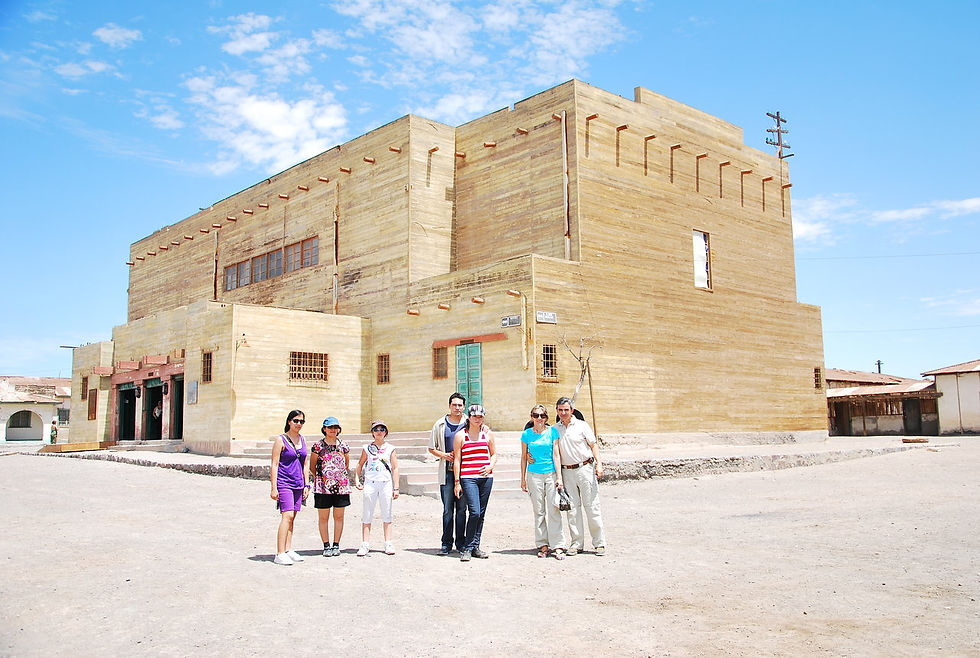Discover Tarapacá
Be amazed by the wonders of this region of Chile

Descripción. Haz clic para editar.

Descripción. Haz clic para editar.

Descripción. Haz clic para editar.

Descripción. Haz clic para editar.



.png)
The Tarapacá Region is nestled in the heart of the Atacama Desert, facing the coastal mountain range. This region begins by delighting the palate with its diverse gastronomy, from the sea to the highlands, offering unique flavors. These can be enjoyed within the historic center of Iquique, a city that reflects the rich history of the area, bordered by expansive beaches where surfing and bodyboarding are popular activities.
Its hills reflect the grandeur of the region, where you can experience paragliding from Alto Hospicio and feel the city from the air, as well as sandboarding on Cerro Dragón, declared a Nature Sanctuary.
Its high plateau offers breathtaking landscapes, with clear skies where seeing llamas and alpacas is commonplace, and where the Isluga Volcano awaits you, located in the National Park that bears its name, and you will find birds such as flamingos and Taguas.
In the Pampa del Tamarugal, the historic saltpeter mines, declared a World Heritage Site, can be seen, blending with the religious devotion that adorns the town of La Tirana every July.
For relaxation, semi-thermal pools and the best tropical fruits await you in the oasis of Pica and Matilla.
Tarapacá
The Tarapacá Region covers an area of 42,225.8 km². The regional population is 286,105 inhabitants, with a population density of 5.65 inhabitants per km². The city that registered the greatest population growth in the region was Iquique (including Alto Hospicio), reaching 216,419 inhabitants. The most populated cities are: Iquique (164,396 inhabitants); Alto Hospicio (50,190 inhabitants); Pozo Almonte (6,384 inhabitants); Pica (2,642 inhabitants); and Huara (956 inhabitants). The regional capital is Iquique. Tarapacá is administratively divided into two provinces—Tamarugal and Iquique—and seven communes.





